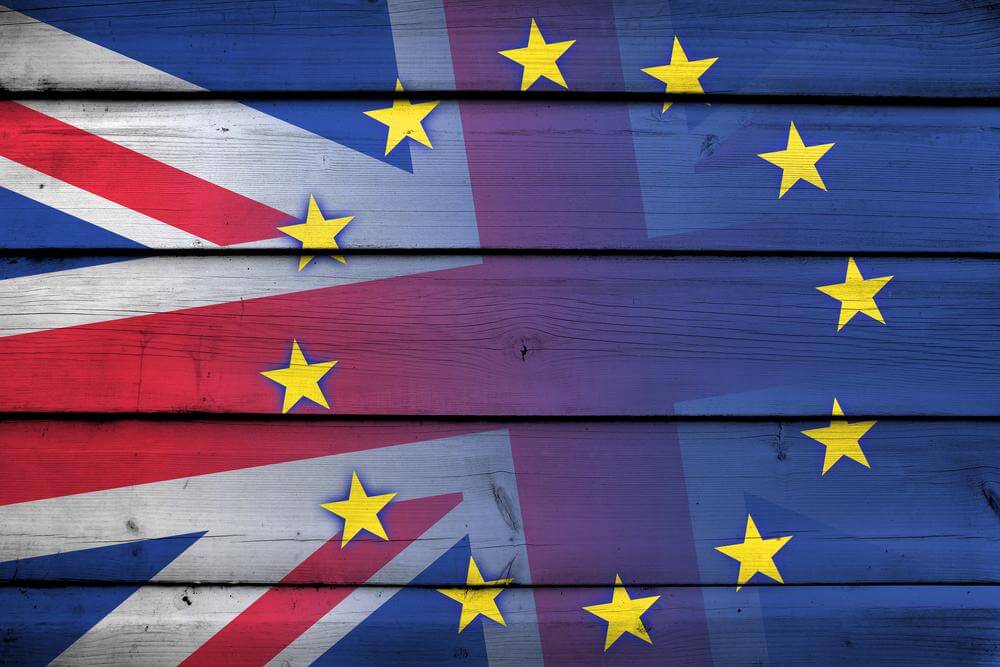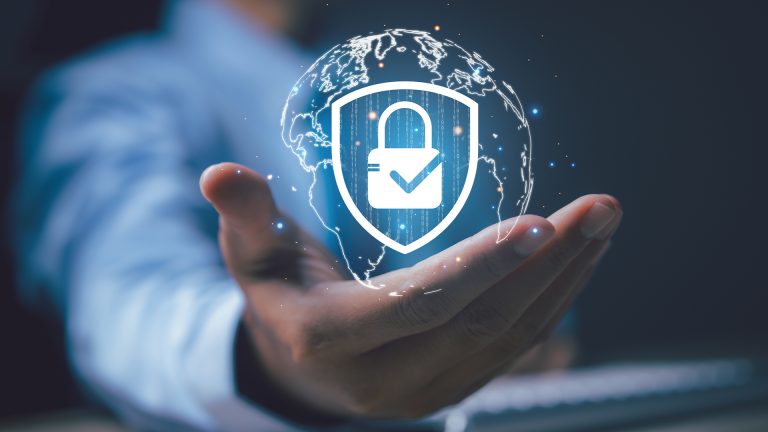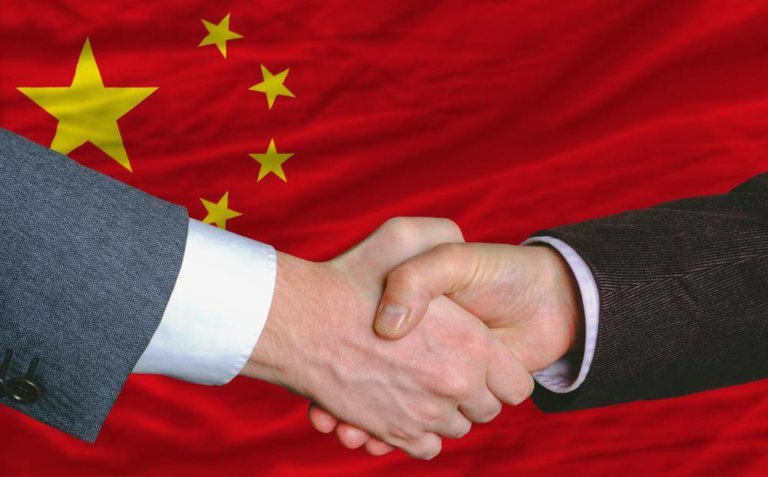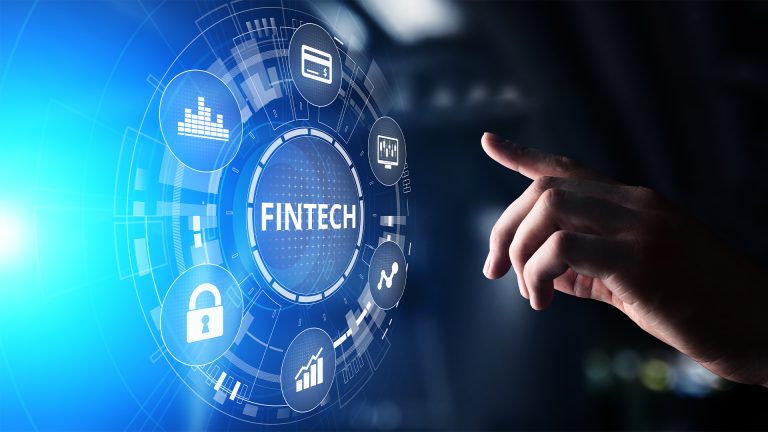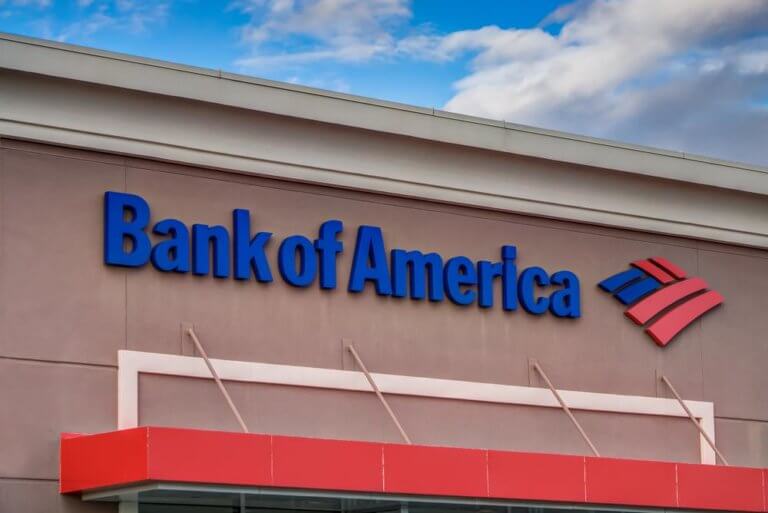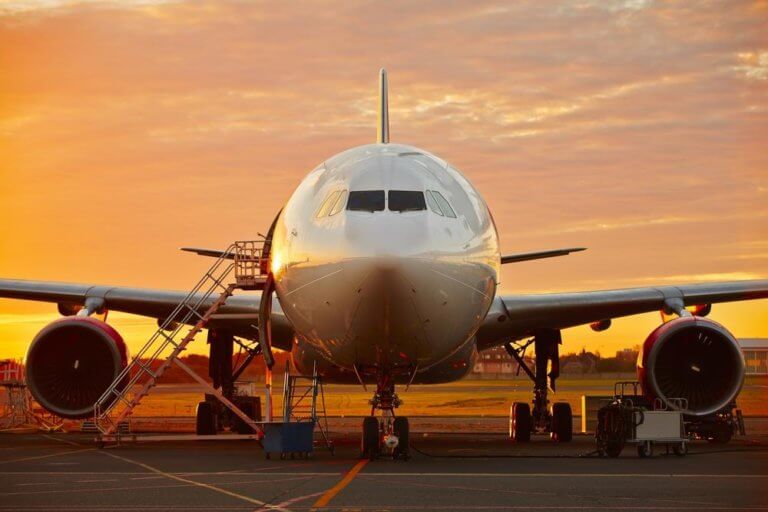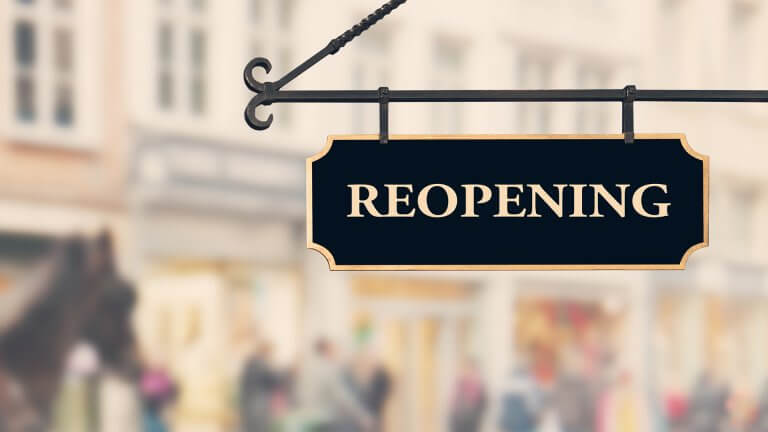He said: “We will expect it to fall further, and inflation to continue to drift down in the coming months.”
Some believe that this is very good news for UK consumers and the UK economy. Two thirds of the 1.5 percentage point fall in inflation since December 2013 is explained by energy and food prices. Most of the remaining third comes from cheaper imported goods reflecting sterling’s appreciation until last summer. This may again stimulate the consumer led demand which is driving GDP and not exports.
For savers, this may delay the first rate hike. We continue to expect a first rate rise in the fourth quarter but, with headline inflation low and some inflation expectations measures having drifted lower too, risks are growing for a later first rate rise.
Personal debt in the UK is now at its highest level ever. Total personal debt in the UK currently stands at £1.46 trillion (excluding mortgages). The reliance of the UK recovery on domestic demand is worrying. However George Osborne, the Chancellor of the Exchequer, said that the data were “welcome news” with “inflation at its lowest level in modern times”. His appraisal, one might think, is somewhat distorted by the coming election.
For savers, this may delay the first rate hike. We continue to expect a first rate rise in the fourth quarter but, with headline inflation low and some inflation expectations measures having drifted lower too, risks are growing for a later first rate rise.
Given the size of the national debt, there was some speculation that we could inflate it away. To quote an earlier blog on the subject: “The chances of inflating away the debt would be less than zero, obviously. Even with inflation running at just 1.2 per cent, clearly the chances of the debt disappearing in an inflation bubble are modest.
